Installing and maintaining brass stop valves is crucial for ensuring smooth operation and longevity of plumbing systems. Let’s explore a comprehensive guide on how to install and maintain brass stop valves effectively.
Installation Process
1. Pre-Installation Inspection:
Check Valve Components:
Before installation, inspect the brass stop valve and associated components for any defects or damage.
Verify Compatibility:
Ensure that the valve is compatible with the existing plumbing system and meets the required specifications.
2. Preparation:
Shut Off Water Supply:
Turn off the main water supply to the area where the valve will be installed to prevent water flow during the installation process.
Clean Pipe Ends:
Thoroughly clean the ends of the pipes to remove any debris, rust, or old sealant that may affect the sealing of the valve.
3. Installation Steps:
Apply Thread Sealant:
Apply a suitable thread sealant or plumber’s tape to the male threads of the valve to create a watertight seal.
Position the Valve:
Position the brass stop valve on the pipe and tighten the connections using appropriate tools, ensuring a secure fit.
Check Alignment:
Verify that the valve is properly aligned with the pipe and is not under any strain or stress.
Secure Connections:
Use adjustable wrenches to securely tighten the connections, taking care not to over-tighten and damage the valve or pipes.
Maintenance Guidelines
1. Regular Inspection:
Visual Check:
Periodically inspect the brass stop valve for any signs of leaks, corrosion, or damage.
Operational Test:
Test the valve by turning it on and off to ensure smooth operation and proper functioning.
2. Lubrication:
Apply Lubricant:
Apply a small amount of silicone-based lubricant to the valve stem to prevent corrosion and ensure smooth operation.
Operate Valve:
Open and close the valve several times after applying lubricant to distribute it evenly and maintain optimal performance.
3. Preventive Measures:
Avoid Forceful Operation:
Do not force the valve open or closed if it becomes difficult to operate, as this may damage the internal components.
Monitor Water Pressure:
Regularly monitor water pressure in the plumbing system to prevent excessive pressure that could damage the valve or cause leaks.
4. Prompt Repairs:
Address Leaks:
If any leaks or malfunctions are detected during inspections, promptly repair or replace the valve to prevent further damage to the plumbing system.
Consult Professionals:
For complex repairs or maintenance tasks, seek assistance from qualified plumbing professionals to ensure proper resolution.
Conclusion
Proper installation and maintenance of brass stop valves are essential for ensuring the reliability and longevity of plumbing systems. By following the outlined installation steps and maintenance guidelines, users can effectively install, operate, and maintain brass stop valves to prevent leaks, ensure smooth operation, and prolong the lifespan of the plumbing infrastructure. Regular inspections, lubrication, and prompt repairs are key practices to uphold the performance and integrity of brass stop valves in residential, commercial, and industrial applications.
IFAN is a Chinese manufacturer of plastic pipes, fittings and valves with 30 years of experience. If you are interested in IFAN copper fittings, copper valves, plastic pipes and fittings, please contact us. IFAN offers you a variety of standard pipes to meet your specific needs. Click below to learn more about IFAN’s wide range of affordable and cost-effective valve products and piping system related products.
We will reply your email or fax within 24 hours.
You can call us at any time if there is any question on our production.
For more information,pls visit our webside https://pipefittingpro.com/
Pls Mailto: [email protected]
Whatsapp: + 86 19857948982

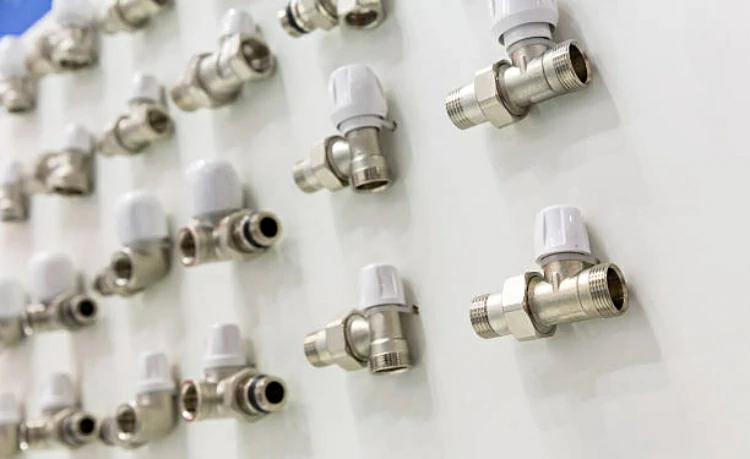
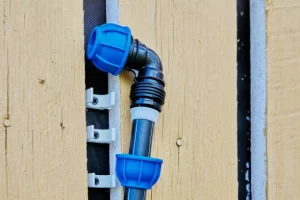
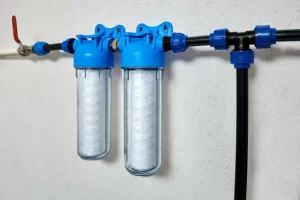
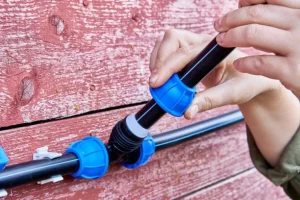
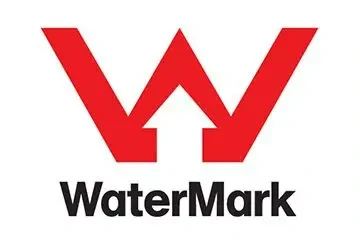

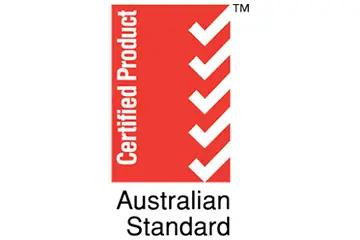





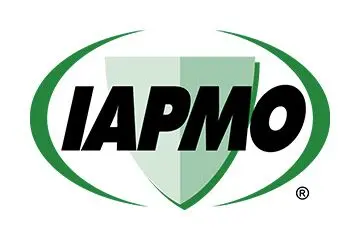
Recent Comments